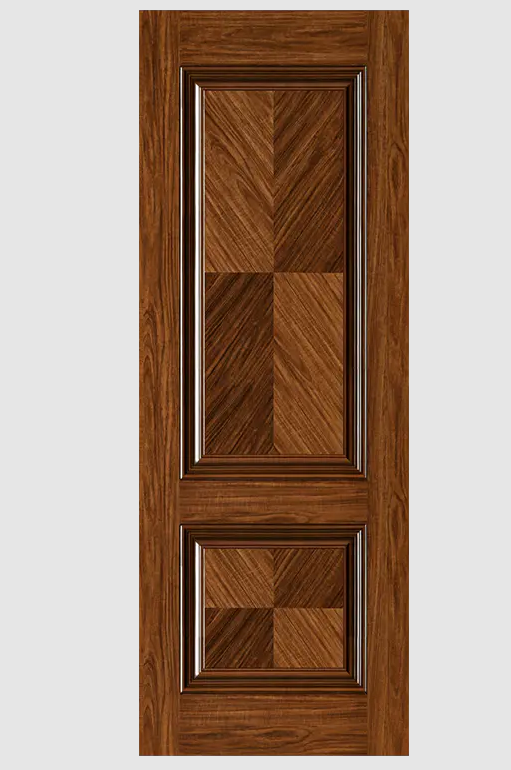While wood veneer door skins offer many benefits, users sometimes face challenges that can affect satisfaction and performance. One common concern is durability. Because the veneer layer is thin, improper handling or installation may cause surface damage such as scratches or peeling, which impacts the door’s appearance.
Another issue is moisture sensitivity. Wood veneers can be vulnerable to humidity changes, especially in bathrooms or kitchens, leading to potential swelling or warping if the door skins are not properly treated or sealed. Choosing door skins with enhanced moisture resistance or protective coatings can mitigate these risks.
Consistency in appearance can also be a challenge. Natural wood veneers inherently have variations in grain and color, which may not suit all projects requiring uniform finishes. Careful selection and matching by manufacturers can help reduce noticeable differences.
Lastly, some users find that replacement or repair is more complicated compared to solid wood doors due to the layered structure. This requires specialized skills or services, which could increase maintenance costs.
Understanding these common pain points allows buyers and installers to select higher-quality wood veneer door skins and apply appropriate care practices. Manufacturers offering guidance on installation and maintenance can also help improve the overall user experience.
